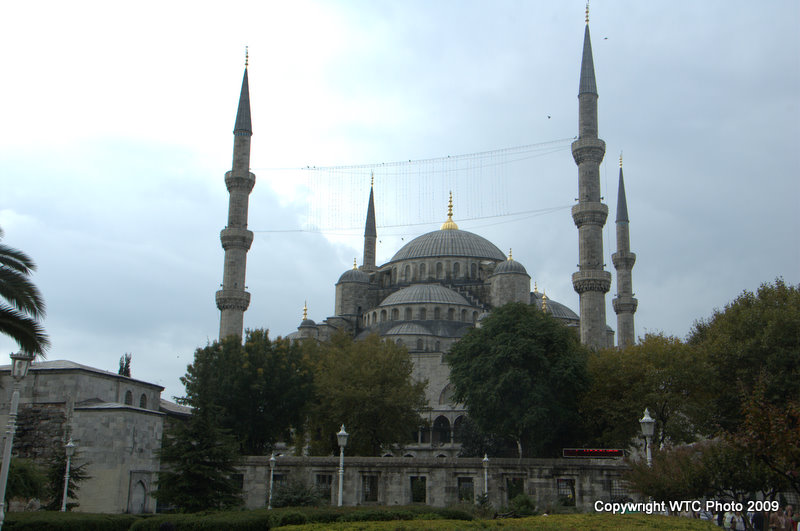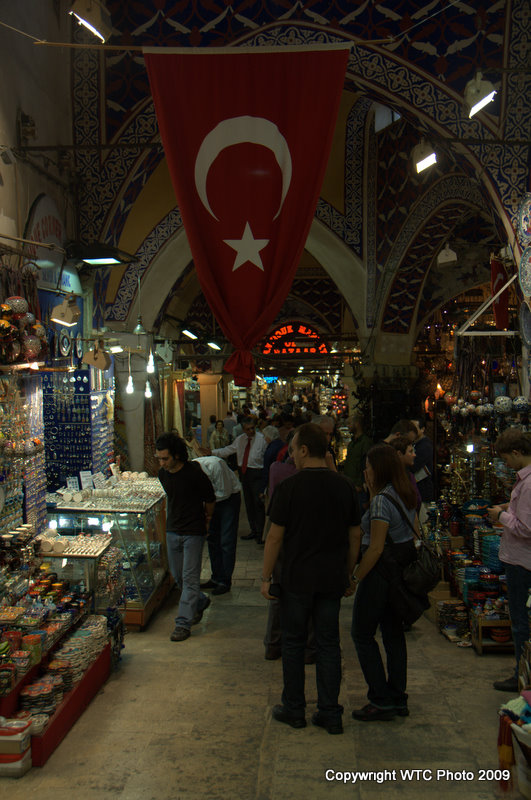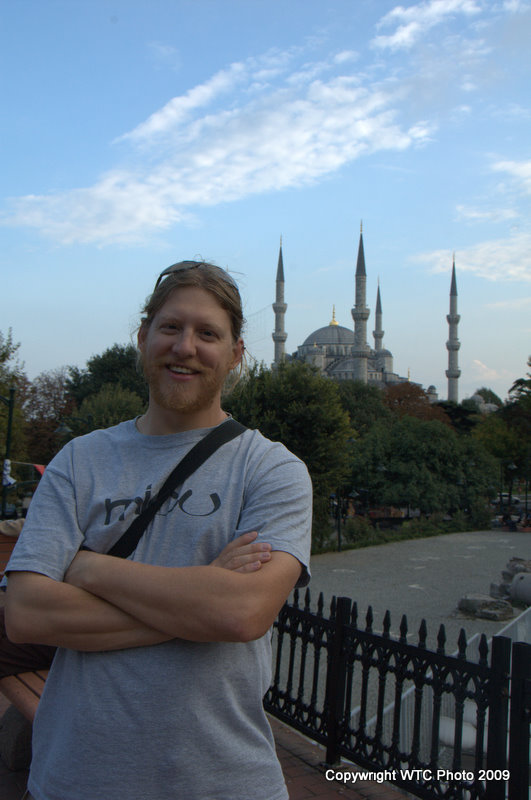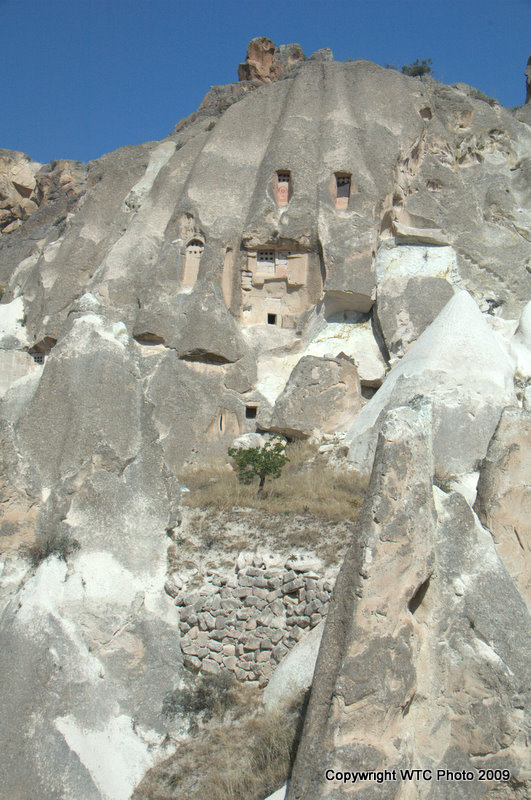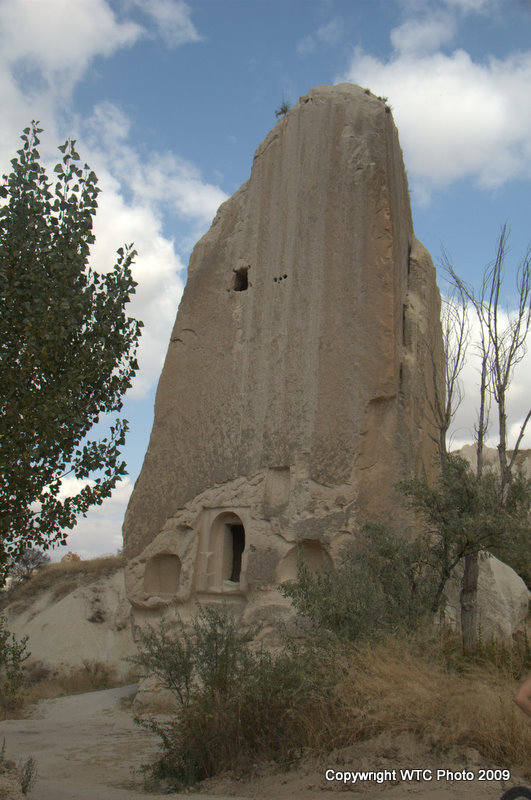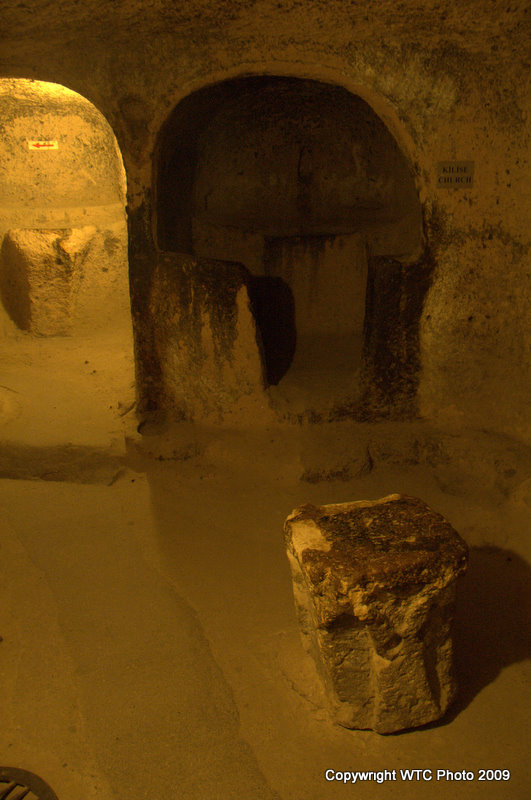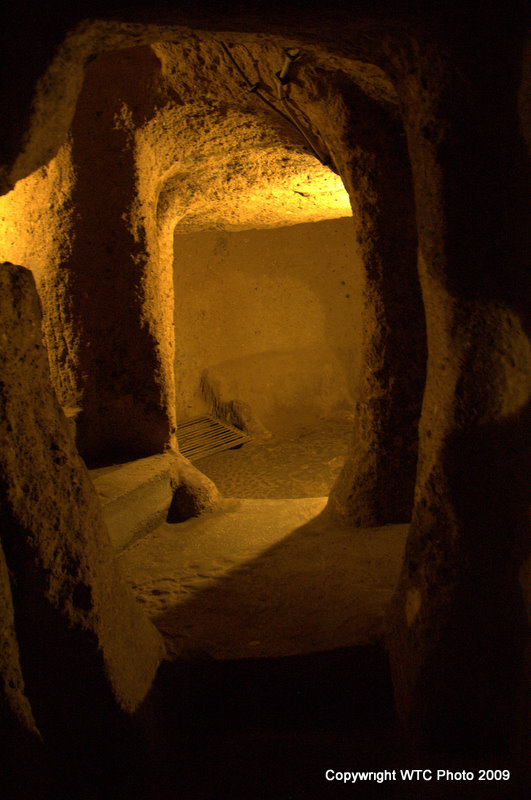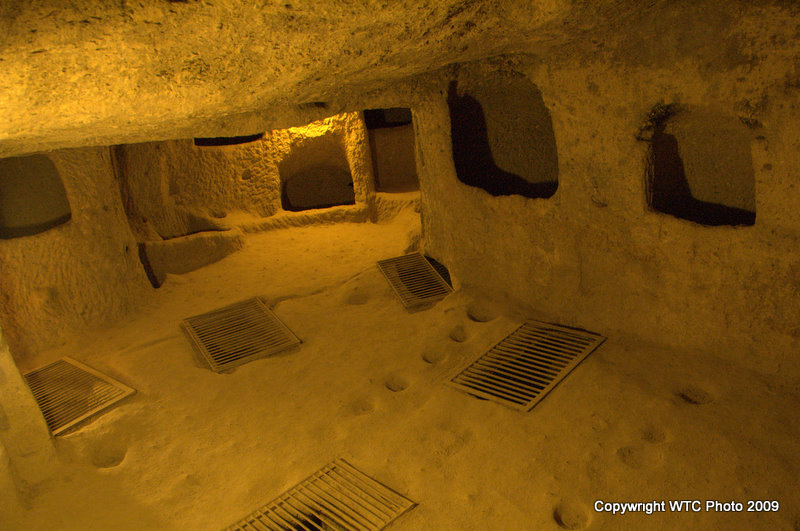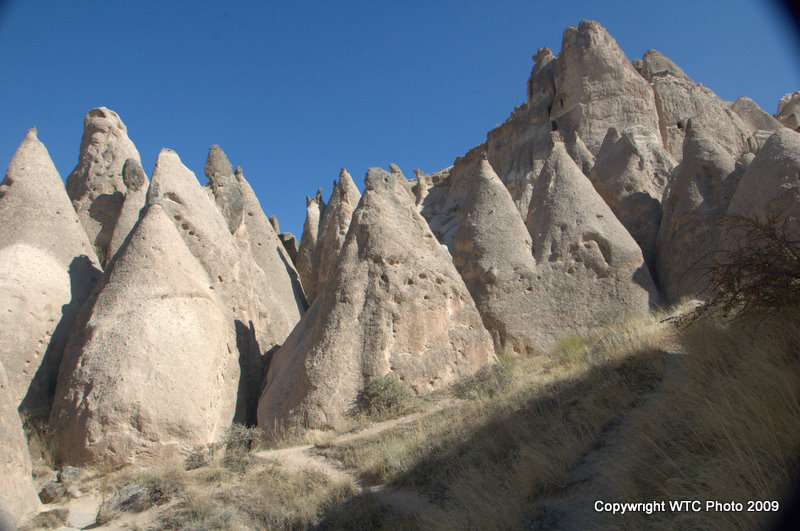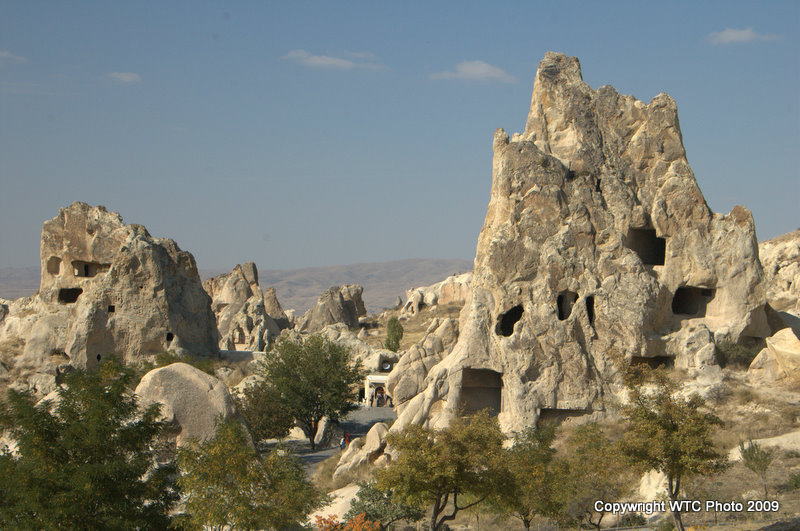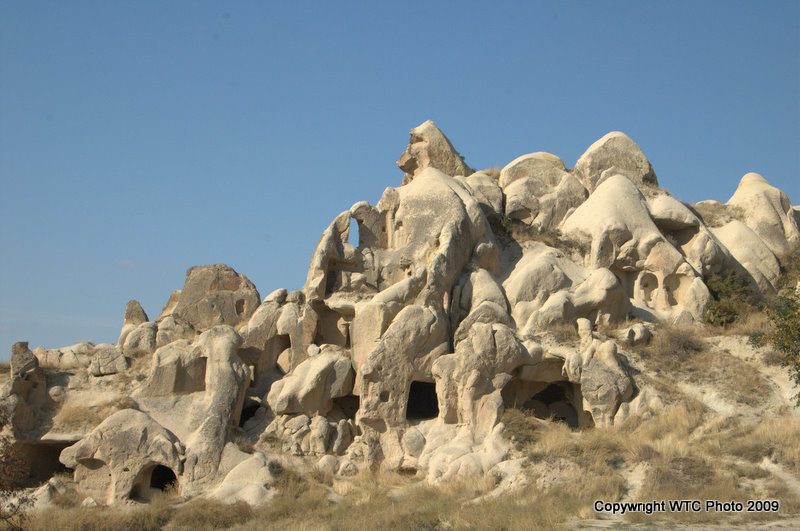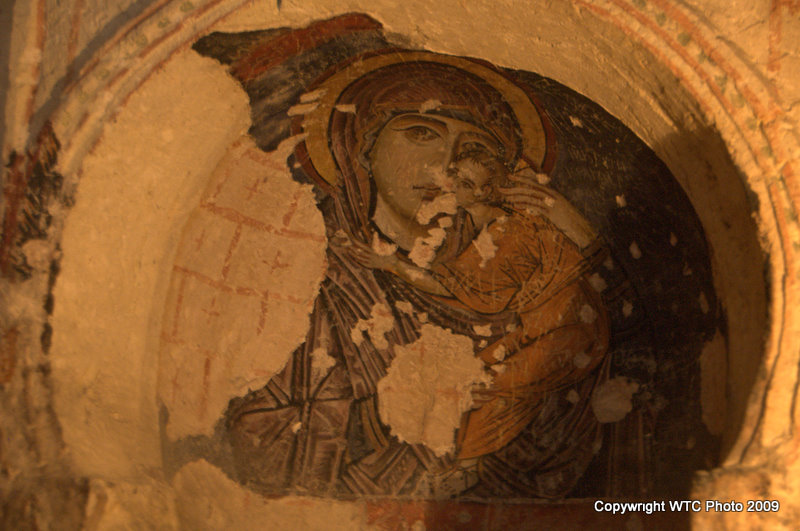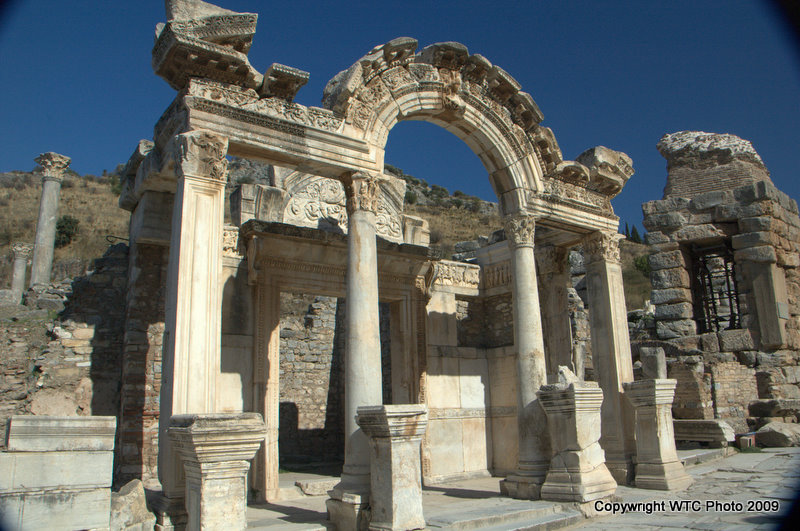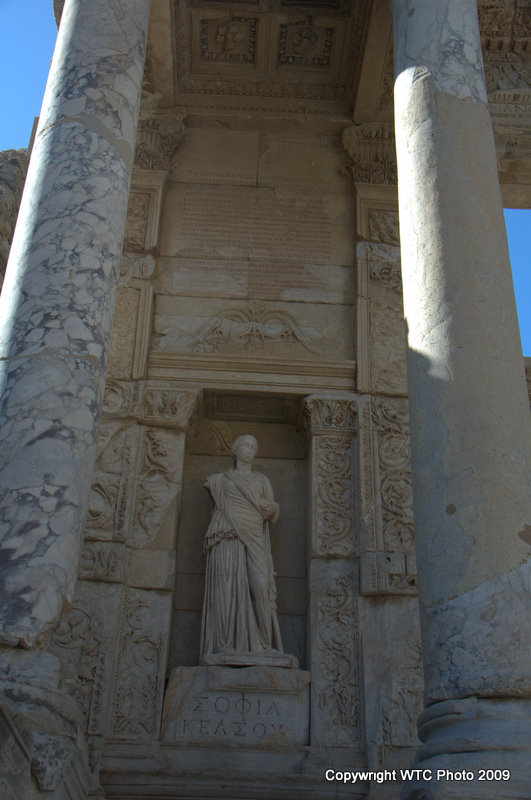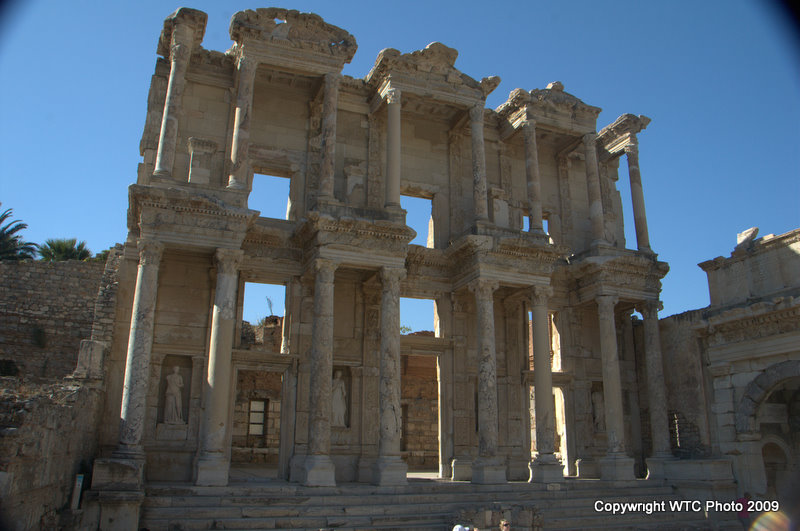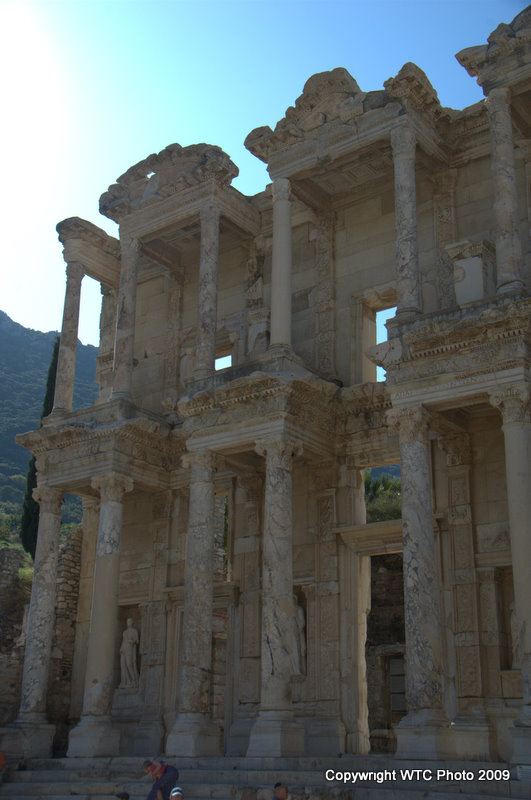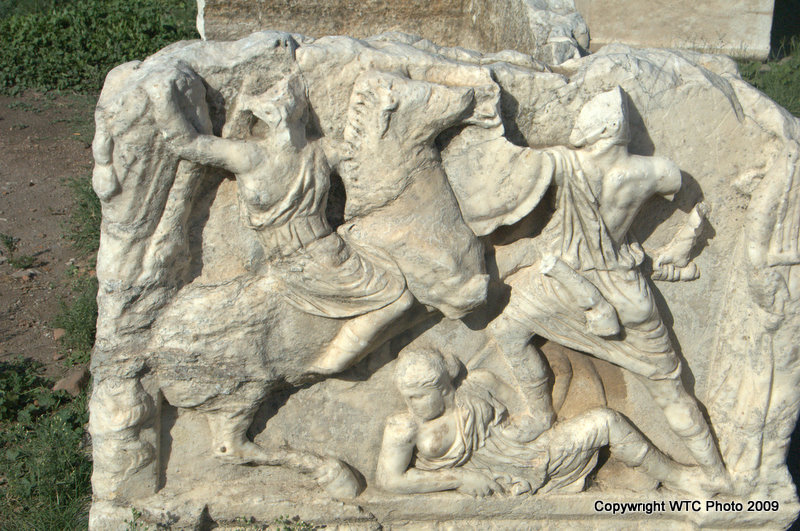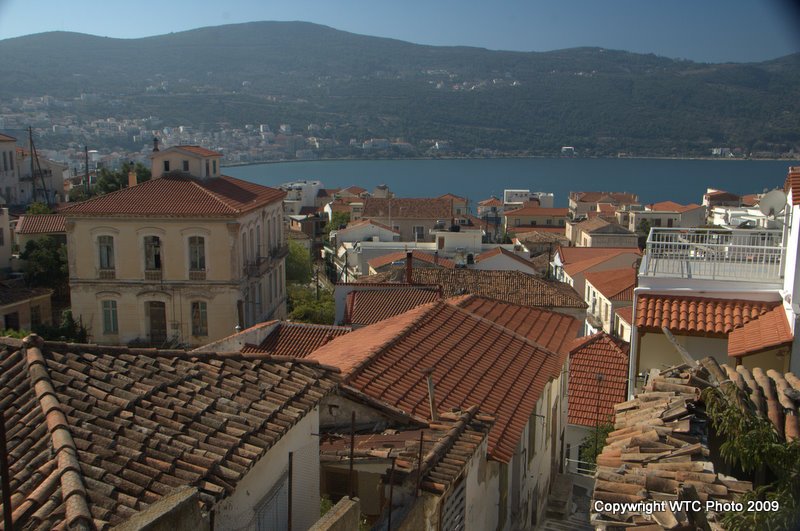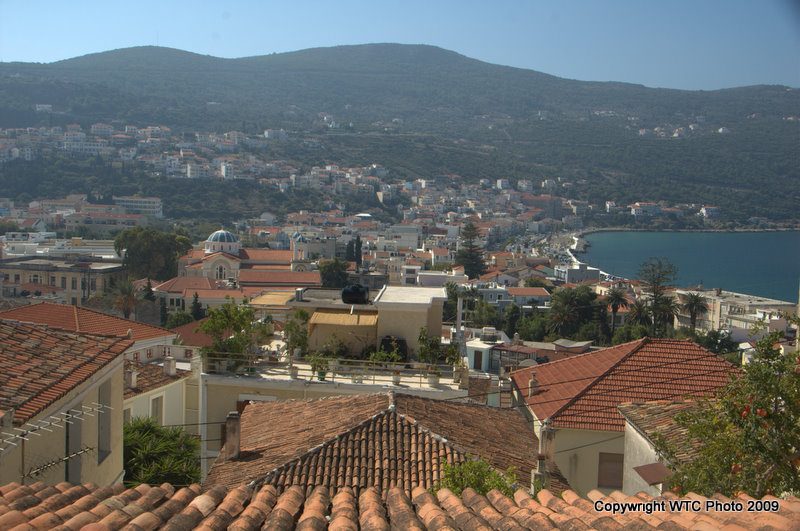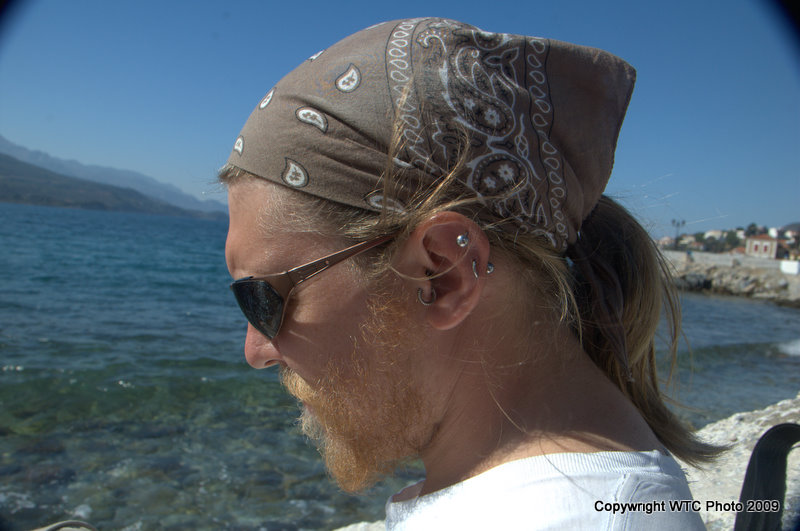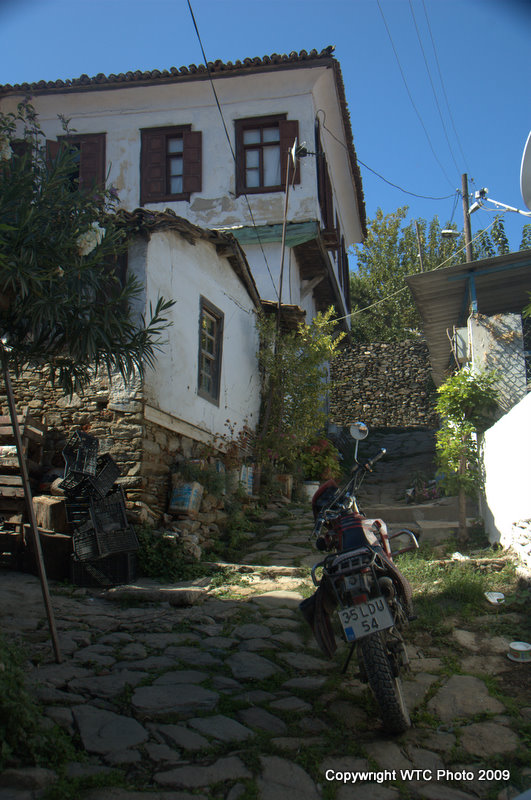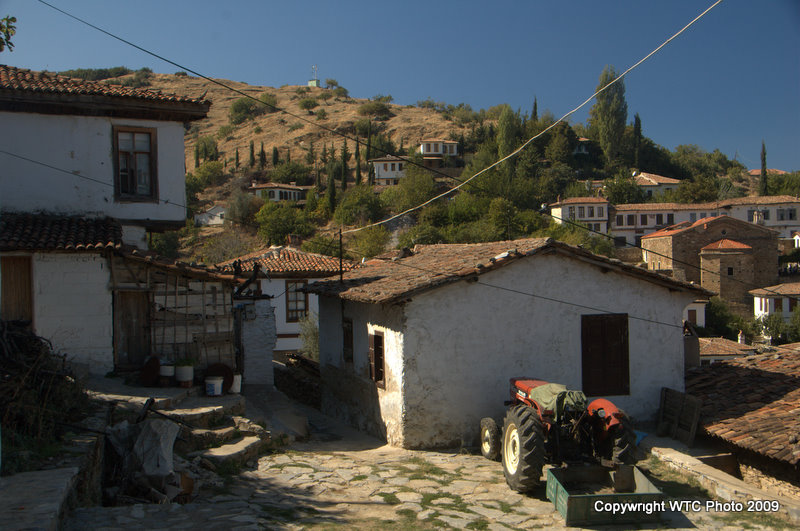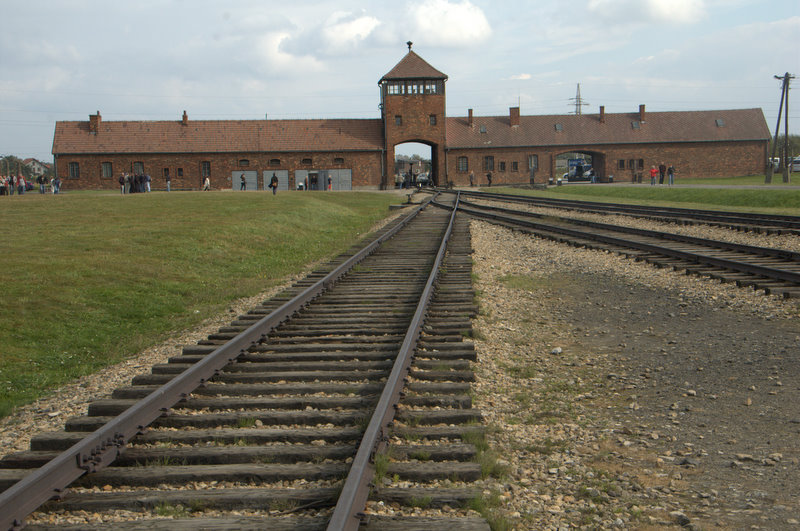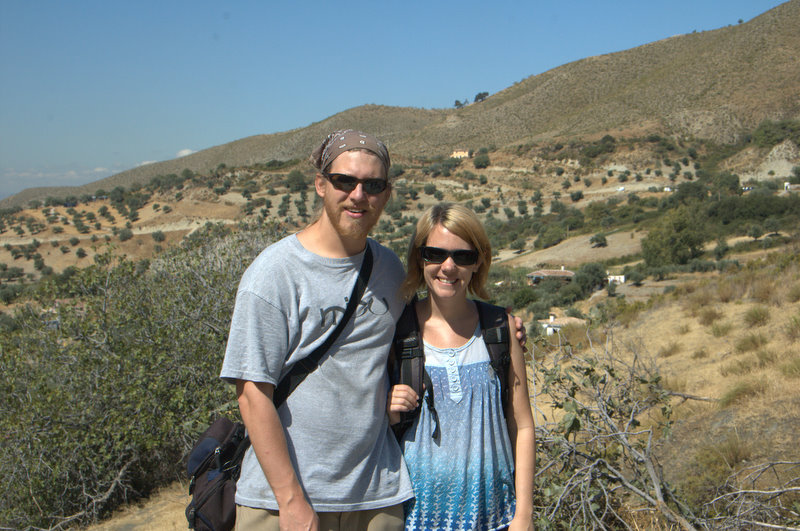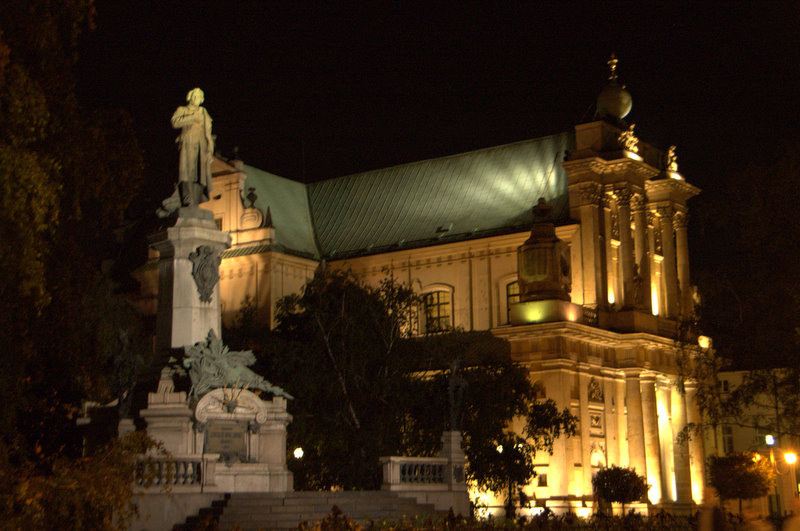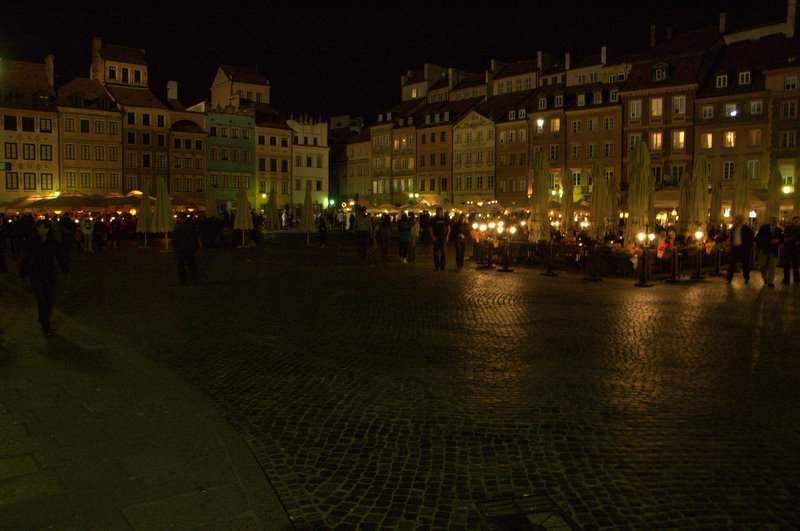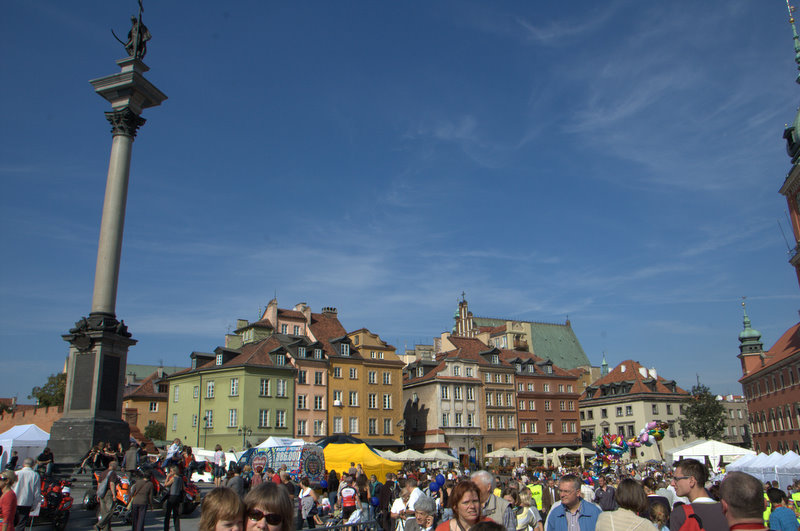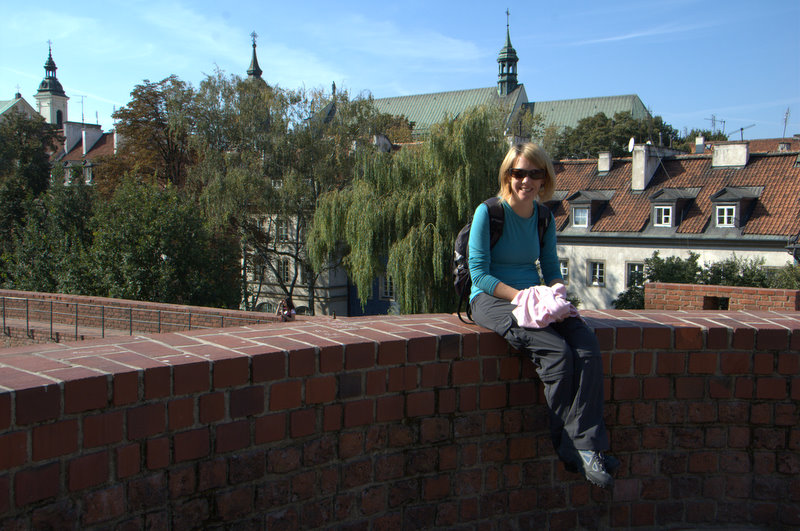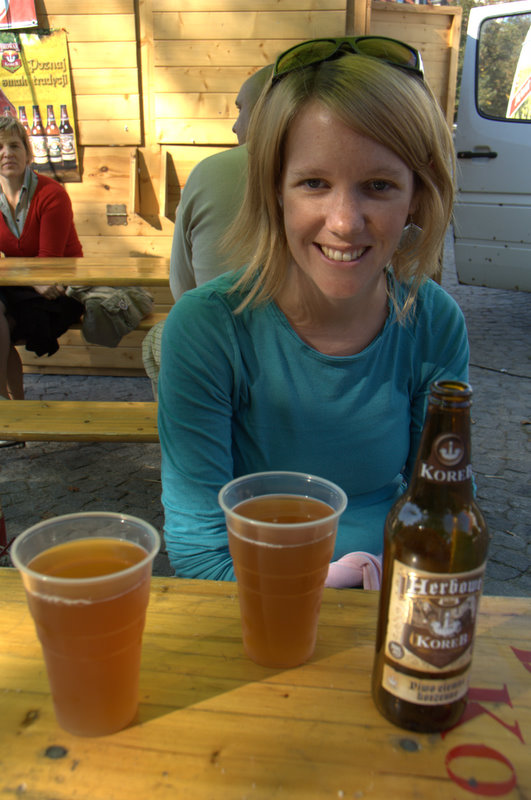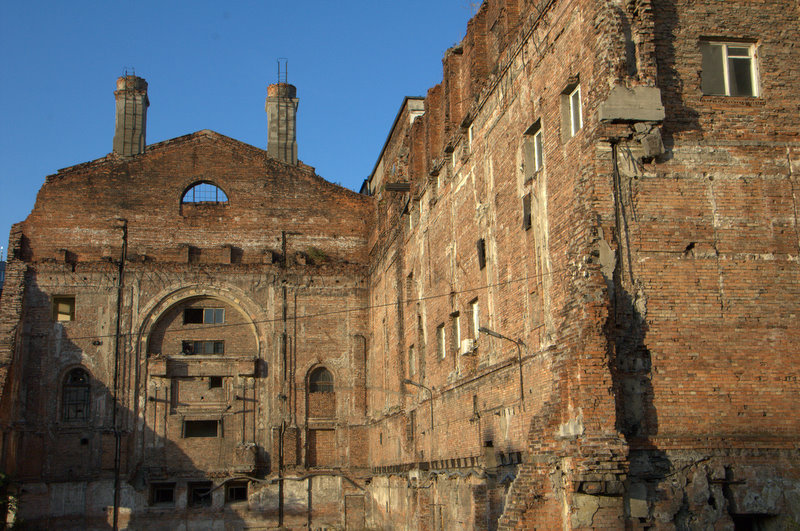Welcome To Vietnam
I'm writing from Hanoi, Vietnam, an incredible city. When we first made our plans to arrive in Vietnam, we thought of skipping Hanoi altogether, and I'm very glad that we didn't. Just when I think that we've seen everything that cities will have to offer, that cities that we visit will begin to blend together into an urban landscape void of uniqueness, we come across a city so definitive in itself that I will always remember our time there, no matter how short it was. Hanoi is that kind of city, and although we are heading tomorrow on to Halong Bay and Cat Ba Island, I've already forged memories of this city.
Looking at my watch now, I see that our taxi from the airport (an hour away) arrived outside our hotel about this time last night. That means we have had only 24 hours here, and yet it's been very memorable. Let me backtrack a bit. Sitting in Vang Vieng, Laos, we had to make a decision from three alternatives to get into Vietnam. First, there was the adventurous route, to travel upriver from Luang Prabang to a frontier town on the border; getting to the frontier town would require nine hours on the boat, the crossing an additional four hours, and assuming you caught one of the three buses a week from the border into Vietnam, you would likely find yourself crammed between crates of chickens and bags of rice for a nineteen hour trip. From reports we read, this route could take a week to complete. The second route was to take a chartered bus on a 36-hour journey; only those who've been on the roads of SE Asia understand the chill down our backs at this prospect. The third alternative was to pay a little extra, and take a 45 minute flight from Luang Prabang to Hanoi. So we took the third choice.
The flight was unremarkable other than we had better service in that 45 minutes than a four hour flight in the US (they served a small meal). Unfortunately, due to a flight delay, we didn't arrive into Hanoi until after dark. I didn't know much about this city, other than it is a bit crazy and there are 3.5 million inhabitants; what I did know is that it wasn't going to be all that easy to find a place to stay. Isreal came to our rescue, by sending three of its citizens (two of them buff guys as well) to blaze our path for us. We'd seen them in Vang Vieng, and so I didn't feel too uncomfortable speaking to them as we stood in line at the ATM to get out Vietnam dongs. I asked them if they were planning on taking a minibus into town, to which they replied they weren't sure. They had a few names of hotels they'd gotten from the net, and they planned on trying to find those places. In SE Asia, it is not a wise idea to book ahead at hotels; it is essential to first see the rooms, and then to bargain for them; I had the listings in our Lonely Planet guide to show to the drivers. We were approached by a taxi driver, who offered us a ride for $15, which divided between the three of us was cheaper than taking the minibus. Off we went.
As we approached Hanoi, we had our first clues that this was a different city than most. The closer to the center we drove, the more motorbikes started to clog the road. As we entered the tight streets of the Old Quarter, it became more like an unorganized motorbike/moped race, except there was no particular direction. Intersections had no stoplights nor stop signs, so it was a free-for-all through them, unprotected bodies weaving past each other, occasionally punctuated by hostile taxi-drivers (such as ours). It was to the point that I could not make sense of any of the logic of the drivers, they drove so erratically and without any particular notion of road rules or laws that I couldn't see how there weren't constant accidents around us.
Now, our LP guide has been essentially worthless for the better part of this trip, but it did mention that a common scam is that the taxi drivers will take you to a different hotel than you requested, with all sorts of excuses (it burned down, it went out of business, etc.). We were expecting this to happen, so it wasn't surprising when it did; when we confronted them, we were told that we were at the correct hotel, but it had changed its name. This is where the large size of the two Isreali men came into play. They agreed to see the rooms (after all, the taxi was dumping us regardless), and the other three of us watched as they came down and stood in the lobby, apparently haggling hard by as much arm motioning was going on. They talked the price down to $7 a person, a good price in Hanoi for a nice hotel, and better than what the other Westerners I stopped at the door paid for their room ($10 a person). We agreed to stay, but then the taxi driver tried to add a few more dollars to our bill. I quote: "That isn't how this is going to happen. We are Isreali." We won.
I will say, our room here is the first in a long time that we've had AC, much less a TV showing HBO and numerous other US channels. Unlike our room in Vang Vieng, there isn't a literal army of ants canvassing our floor. I am not complaining about the $14 we paid. On the other hand, we certainly took advantage of the sink to wash our dirty clothes.
Today was spent wandering the streets. That is perhaps too loose of a term. In Hanoi, you don't "wander," you look very carefully around you in every direction before you even dare enter the street, for having a foot on that pavement places you in a precarious position. The streets are a nonstop torrent of motored vehicles, mostly consisting of bikes of some sort with occasional cars. On some streets, the direction of flow is mostly followed, and in certain intersections, there are even street lights that most people obey, though there are rogues who crash through intersections long after their lights have changed, careening through the traffic. Most of the time, there is no rhyme nor rhythm to how people drive here.
We didn't follow much of a plan today, we just walked, part of our normal routine. We had the vague goal of reaching the infamous Hanoi Hilton, the POW prison where John McCain had his arms shortened to their T. Rex-like shape. My sense of direction in the hazy mid-morning was shot, though, and even though we had this huge lake right in the middle of the area to use for orientation, we still totally wandered off in the wrong direction (east rather than south). An hour later found us peering closely at the map, not knowing that the reason that we couldn't find the street names was because we no longer were on the map. Again, a saint stepped in to help us out, this time in the form of a petite college student named Dao Kim Ngan (we called her Ngan, which is pronounced "nun," rather than "naan," which is the word for duck).
When she first asked us if she could help us, we considered her carefully, with our usual dose of skepticism. She seemed nice enough, so we decided to follow her when she offered to take us to the museum, at least long enough to see what the angle was (as we had earlier, when some lady forced us to put her stupid pole balancing two loads on our shoulders as well as her cone hat, then demanding 50,000 dong ($3) for the resulting picture, which we laughed at). We walked along, talking in length with Ngan, who turned out to be studying English to work in the tourist industry, and had been turned down repeatedly by people in requests for nothing more than a conversation to practice her English. A bit jaded, I was still expecting some sort of spin, until she paid for our entrance fee into a very interesting Confuscian temple, just to show us where she liked to pray before big exams. We talked about everything that we could think of, sometimes with difficulty, but she was an incredibly sincere person. We never visited the museum, instead spending the afternoon walking around with her, and when we finally parted ways, she had to struggle hard to keep from crying. She made our day, without a doubt.
In just over 24 hours, the best aspect of Vietnam has made itself clear, much better than any of the great Vietnamese food we've eaten or the best hotel room yet. That would be the people. There are some younger guys, who look and then sometimes act like hustlers, but compared to the more aggressive touts and street-salesmen of many other places, they even are tame. Usually, when you explain you already have a LP guide, a wallet, and that you don't smoke and have no need for a lighter with a picture of Ho Chi Minh on it, they just say something funnily exasperated in a forced American accent and go away. Thinking about it, I believe it is just the quick smile that you find here that makes the difference; today I would sometimes catch someone's eye, and they would keep this sort of restrained, bemused look on their face, until one of us would just break out in a grin, followed by the other. Sure, my beard has been mocked endlessly today, I had a picture drawn of it, and it brought a street-side barber nearly to hysterics as he suggested a bit of a trim. It was all in good nature, though; that seems to be the general attitude of the people here. They go about their business, spinning around each other on their mopeds, squatting down in the sidewalk cafes that literally are on the sidewalk, and all of the other multitude of activities people in Hanoi seem to be involved in, but one characteristic that appears to be general is their good nature.
Until next time, be safe.


















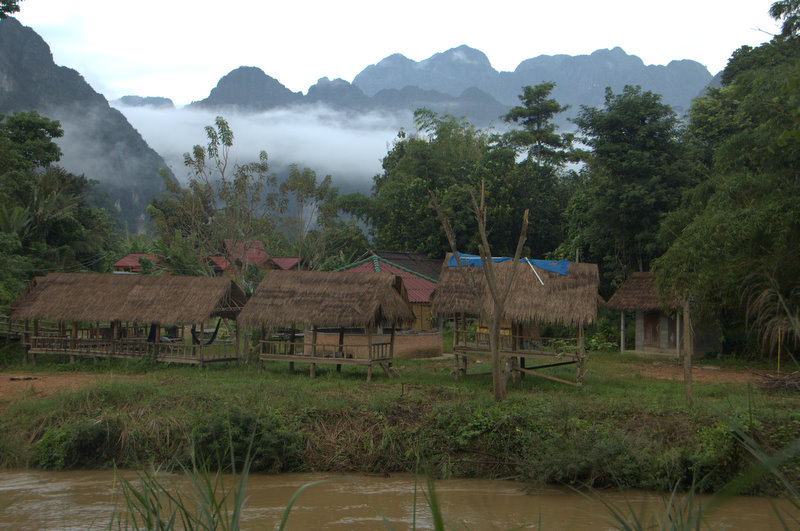


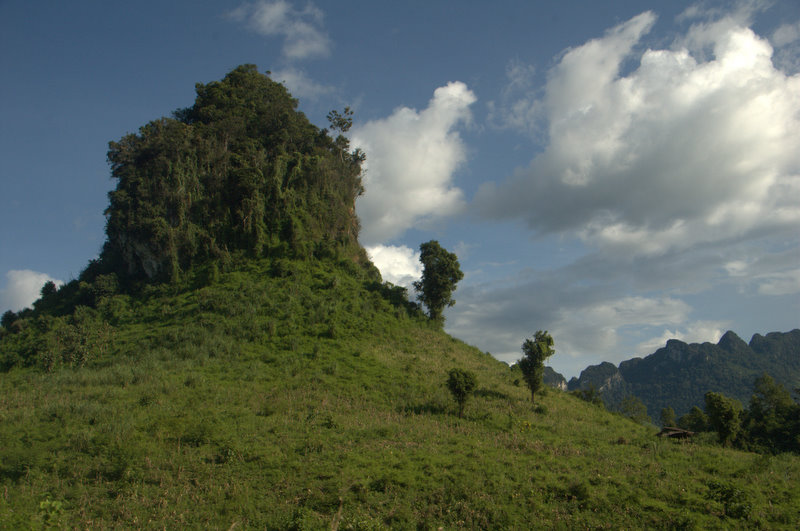
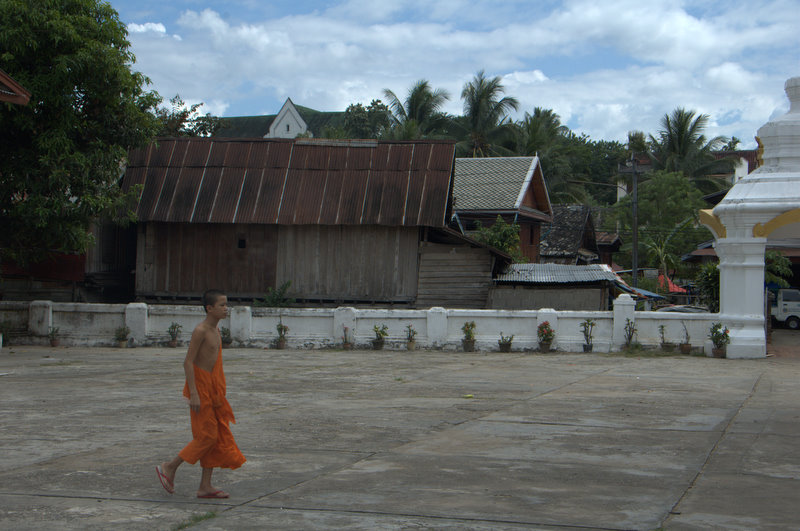

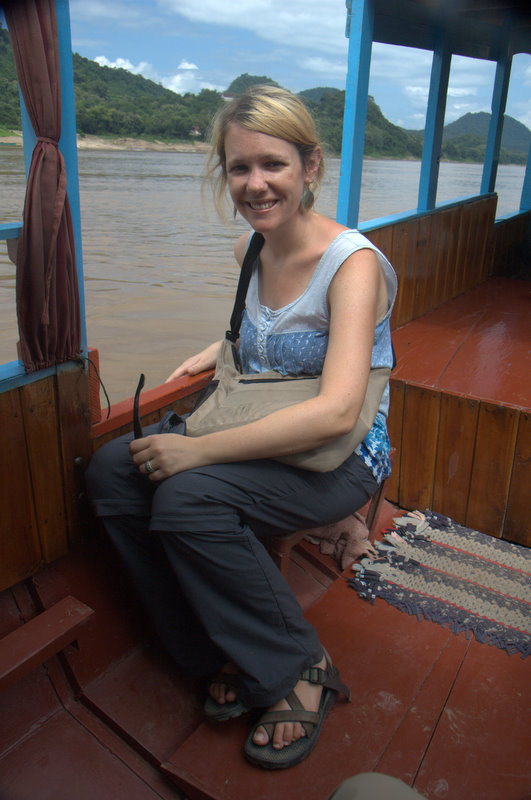



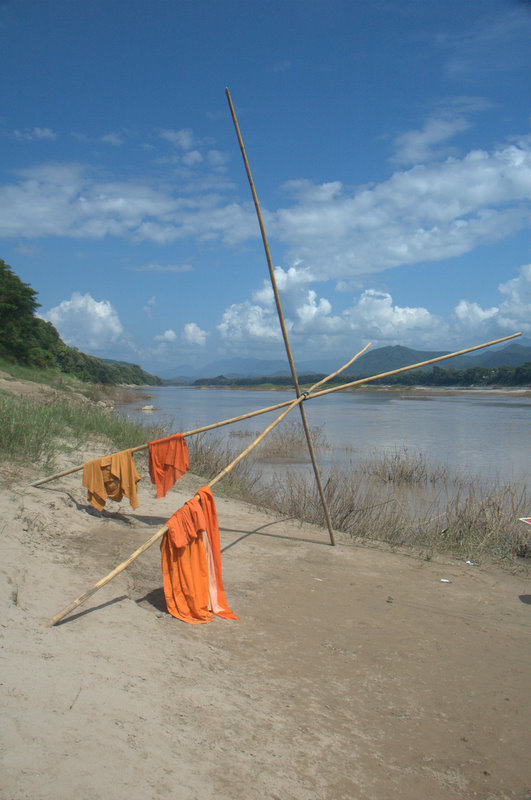
 The Car Equivalent Of Our Last VIP Bus
The Car Equivalent Of Our Last VIP Bus